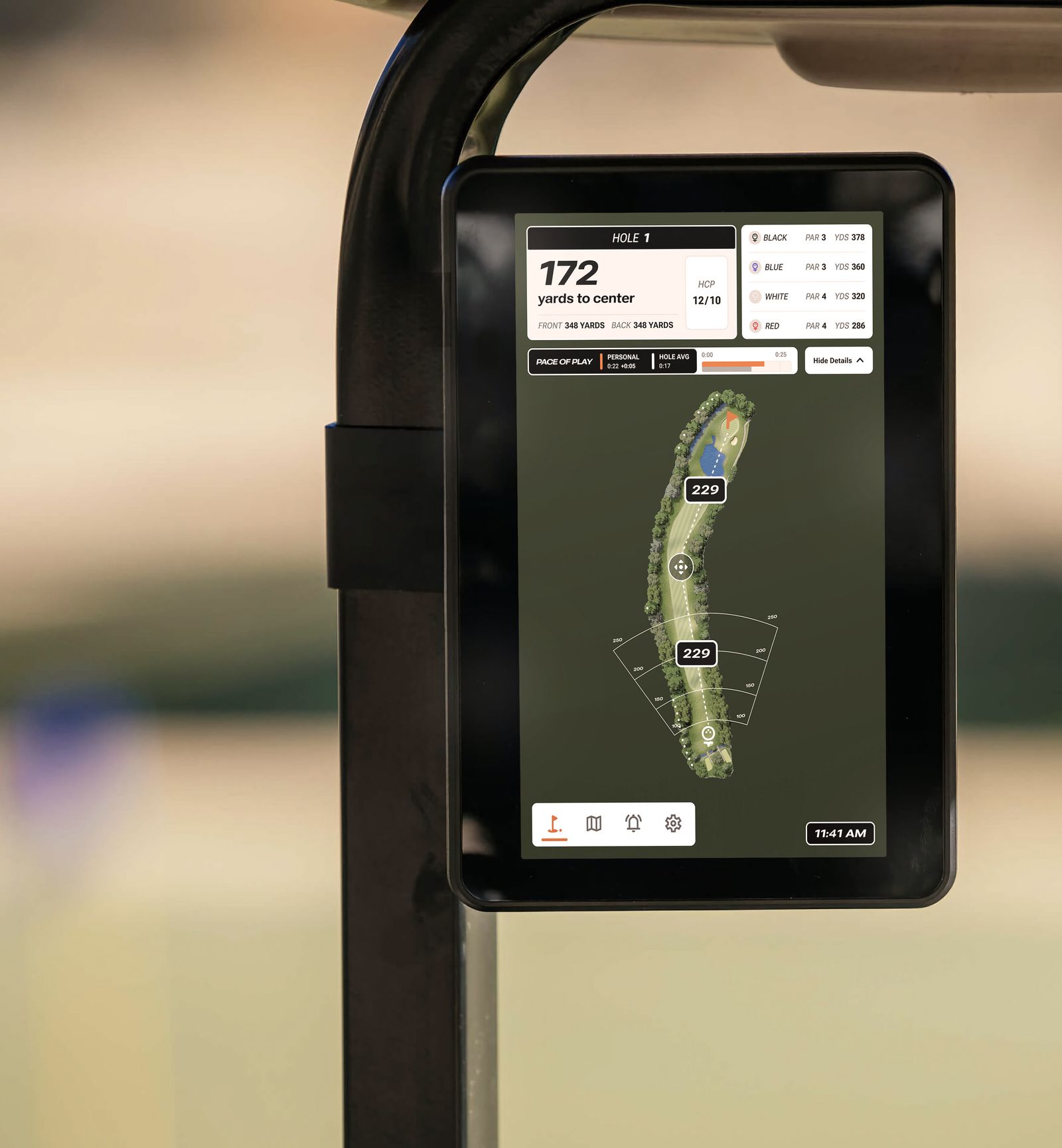At FAIRWAYiQ, we believe it can – and here’s how.
Our mission at FAIRWAYiQ, for maintenance, is to limit the amount of unnecessary data entry by Superintendents. What we were missing in 2019 was the ability to accurately know, with precision, which people operated certain equipment units and vehicles on 2nd and 3rd tasks. The FAIRWAYiQ partnership with taskTracker (Advanced Scoreboard), while still growing and integrated in our 2020 plan, was limited in 2019. It was limited primarily in knowing who operated the 2nd and 3rd tasks during the day. The uncertainty in 2nd and 3rd tasks would sometimes require Superintendents to add extra data components. It was something we found to be, quite frankly, unacceptable.
Feedback from customers, our partners like taskTracker, and the market as a whole pushed us to consider a larger goal: remove all unnecessary daily data entry by Superintendents. This is where Bluetooth comes in.
What is Bluetooth exactly and how does it work? And, more importantly, how will it change maintenance operations?
As described in Scientific American:
“Bluetooth technology is a short-range wireless communications technology to replace the cables connecting electronic devices, allowing a person to have a phone conversation via a headset, use a wireless mouse and synchronize information from a mobile phone to a PC, all using the same core system.
The Bluetooth RF transceiver (or physical layer) operates in the unlicensed ISM band centered at 2.4 gigahertz (the same range of frequencies used by microwaves and Wi-Fi). The core system employs a frequency-hopping transceiver to combat interference and fading.
The physical channel (or the wireless link) is subdivided into time units known as slots. Data is transmitted between Bluetooth-enabled devices in packets that are positioned in these slots. Frequency hopping takes place between the transmission or reception of packets, so the packets that make up one transmission may be sent over different frequencies within the ISM band.”
At FAIRWAYiQ, we are retrofitting the Bluetooth technology to achieve our goal for 2020— remove all unnecessary daily data entry by Superintendents. If you attended the Golf Industry Show in Orlando, FL several weeks ago, then you likely got a tutorial of our new Operator Key Fob. If you didn’t attend, no worries, we’ll get to it right now.
The Operator Key Fob
The concept of the Operator Key Fob is simple—each employee working on a maintenance team will receive their own individually assigned key fob that they can wear if attached to a lanyard or keep attached to their set of keys. At FAIRWAYiQ, we have created the ability for each assigned Operator Key Fob to pair itself with a FAIRWAYiQ sensor that is attached and assigned to a vehicle. This is all done through Bluetooth technology. Bluetooth also allows multi-paired connections on tasks that require utility vehicles with multiple people assigned.
The Result:
We are now able to accurately know who operated which vehicle at any given time during a day, a week, or year.
The Value for Superintendents:
1.) Improved data collection and reporting on 2nd and 3rd tasks during the day.
2.) Automated equipment assignment in taskTracker (removing the equipment assignment process).
3.) Pattern recognition in job assigning in taskTracker. Meaning, the FAIRWAYiQ system will recognize and recommend your daily job board and which operator should be paired with the proper equipment unit.
Each of the three values highlighted above are aimed at removing unnecessary daily data entry that Superintendents currently perform.
As of now, FAIRWAYiQ is in the beta-testing phase with select customers and will look to have this commercially ready in mid-2020.
Related Posts

Enhance Your Game: The Top Benefits of a Golf Cart Screen on the Course

Battling Bottlenecks on the Golf Course: A Manager's Guide to Efficiency

5 Problems in the Golf Industry that can be Solved with Technology
Revolutionize Your Golf Operations with FAIRWAYiQ
Unlock the power of data analytics to optimize your golf course management

